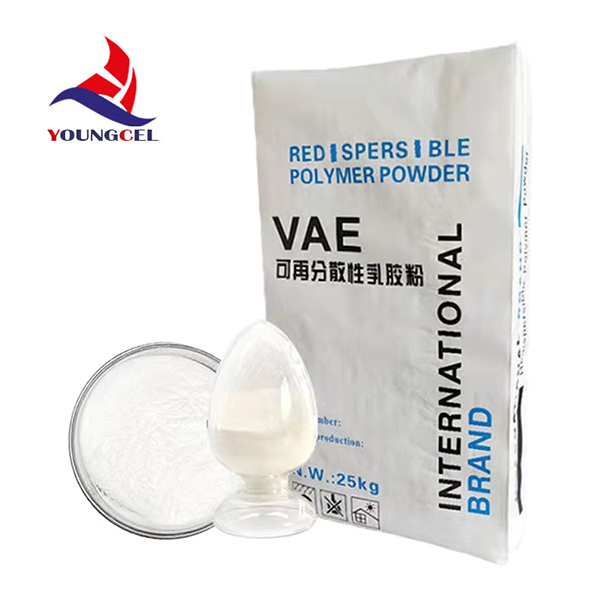The Role of Cellulose in Paints Enhancing Performance and Sustainability
Cellulose is a naturally occurring polymer that plays a crucial role in various industries, including paints and coatings. Derived from plant cell walls, cellulose is the most abundant organic polymer on Earth. Its unique chemical structure and mechanical properties make it an essential ingredient in the formulation of paints, enhancing their performance while also promoting sustainability.
The Benefits of Cellulose in Paint Formulations
1. Thickening Agent One of the primary functions of cellulose in paints is as a thickening agent. Cellulose derivatives, such as hydroxypropyl cellulose (HPC) and carboxymethyl cellulose (CMC), are used to improve the viscosity of paint formulations. This thickening property helps control the flow and application characteristics, ensuring that the paint is easy to work with and provides adequate coverage.
2. Stabilizing Emulsions Cellulose derivatives act as stabilizers in water-based paints. They help maintain the dispersion of pigments and other solid components, preventing sedimentation and ensuring a uniform application. This stability is crucial for the long-term performance of paints, enhancing their durability and effectiveness.
3. Water Retention The ability of cellulose to retain water plays a significant role in improving the performance of paints. By enhancing the water retention capacity of paint formulations, cellulose helps reduce the risk of cracking and peeling during the drying process. This characteristic is particularly beneficial in regions with varying humidity levels, where maintaining optimal moisture content is essential for paint longevity.
4. Biodegradability and Sustainability In an era of increasing environmental awareness, the use of natural materials like cellulose in paint formulations aligns with sustainability goals. As a biodegradable material, cellulose contributes to the reduction of environmental impact compared to synthetic alternatives. Paints formulated with cellulose are less harmful to ecosystems and promote a healthier indoor environment, making them attractive options for eco-conscious consumers.
cellulose for paints

5. Improved Adhesion Cellulose derivatives can enhance the adhesion properties of paints to different substrates. This is particularly important for exterior applications where paints are exposed to various weather conditions. Improved adhesion means that the paint will adhere better to surfaces, reducing the likelihood of flaking and extending the lifespan of the coating.
Challenges and Innovations
Despite the numerous benefits, there are challenges associated with the use of cellulose in paints. For instance, achieving a balance between viscosity and workability can be tricky. Formulators must carefully select cellulose types and concentrations to ensure optimal performance without compromising the application process. Innovations in cellulose chemistry continue to emerge, allowing for enhanced properties and broader applications in the paint industry.
Researchers are exploring new cellulose modifications to improve the performance characteristics further. For example, developing cellulose nano-crystals could lead to paints with superior strength and durability while maintaining lightweight properties. Such innovations have the potential to transform the paint industry, leading to products that meet both performance and environmental standards.
Conclusion
Cellulose is a vital component in the formulation of paints and coatings, providing a myriad of benefits that enhance performance, sustainability, and user experience. As the demand for eco-friendly products continues to rise, the role of natural materials like cellulose will become increasingly significant in the coatings industry.
The future of paint formulations is likely to be influenced by ongoing research and development in cellulose derivatives. By harnessing the properties of cellulose, manufacturers can create innovative paint products that not only meet consumer expectations for quality but also prioritize environmental responsibility. In doing so, the paint industry can contribute to a more sustainable future while delivering superior performance in its products.
-
A Comprehensive Guide to Methyl Ethyl Hydroxyethyl Cellulose: Applications and Industry InsightsNewsNov.24,2025
-
Understanding Methyl 2 Hydroxyethyl Cellulose: Uses, Benefits & Industry InsightsNewsNov.24,2025
-
Hydroxyethyl Methyl Cellulose HEMC: Industrial Uses, Benefits & Future TrendsNewsNov.23,2025
-
HEMC Cellulose: Versatile & Sustainable Industrial Polymer | YoungcelNewsNov.23,2025
-
Methyl Hydroxyethyl Cellulose: Versatile Building Block for Industry & SustainabilityNewsNov.23,2025
-
CAS 9032 42 2: Understanding Polyvinyl Alcohol's Impact on Industry & SustainabilityNewsNov.22,2025




